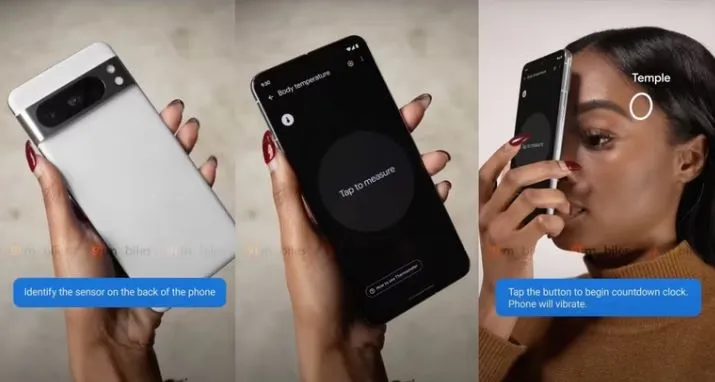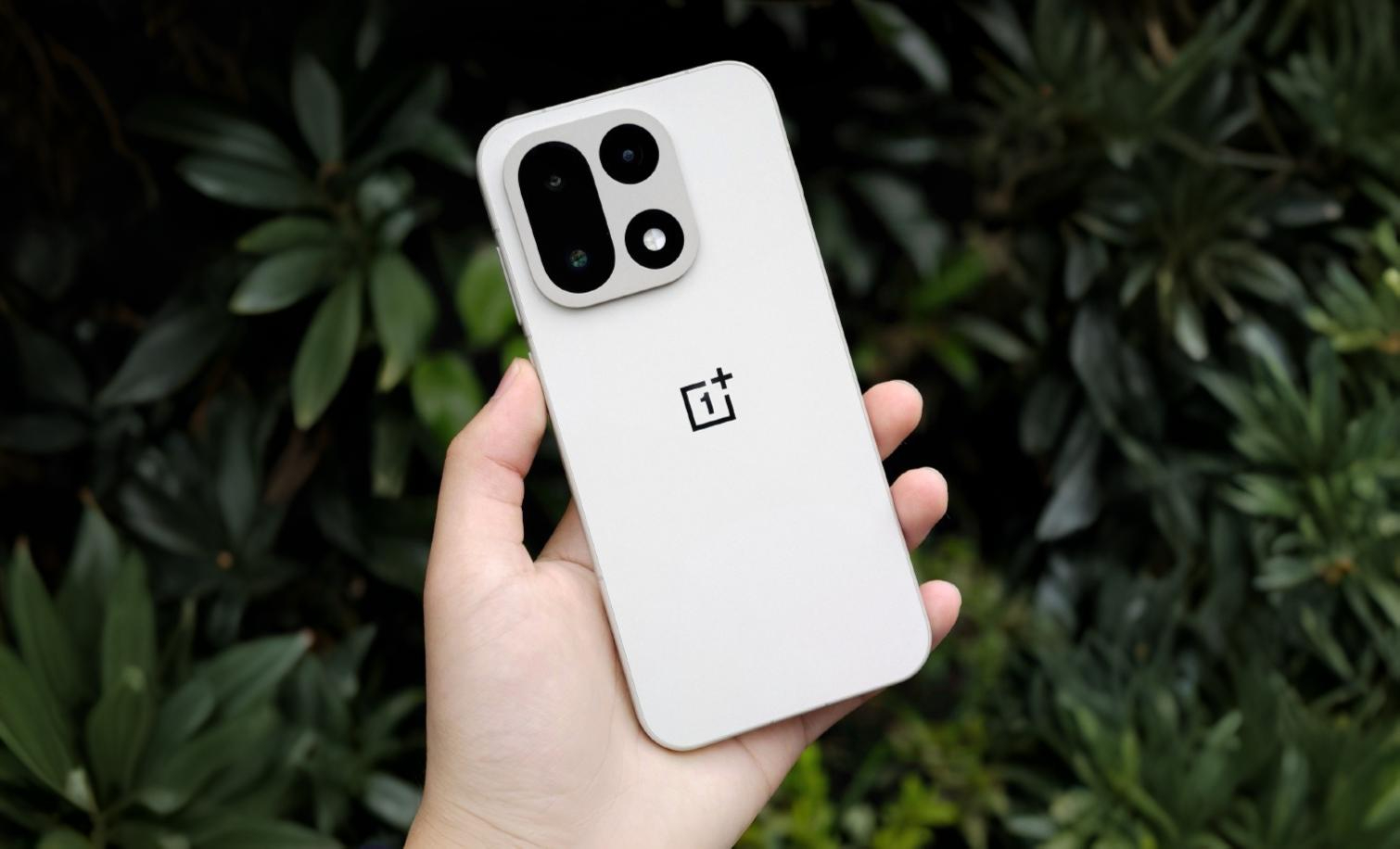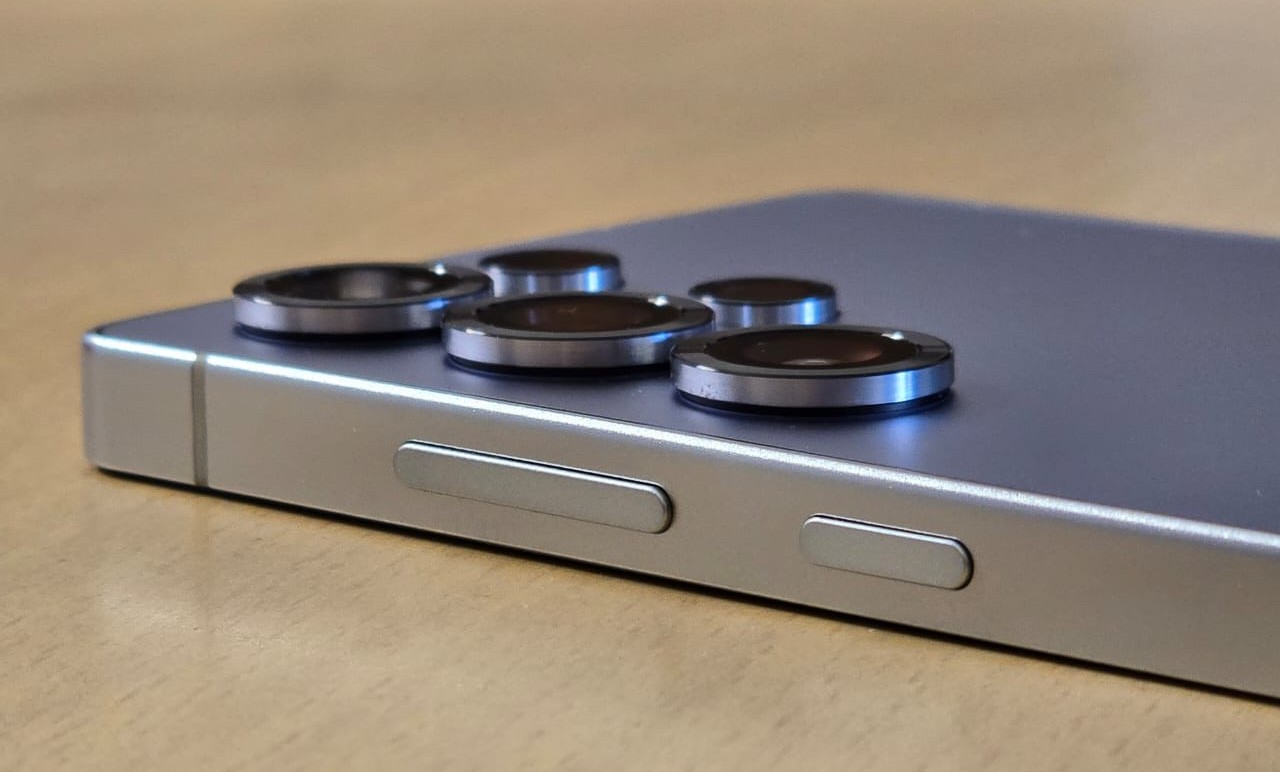Tipster @sondesix revealed the camera hardware information of the Pixel 8 series. The main highlight on both the base and pro variants of the series is the upgraded main sensor and a wider ultrawide.
The Pixel 8 Pro additionally includes a better ToF (Time of Flight) sensor along with an infrared thermometer sensor.
Both the Pixel 6/Pro and Pixel 7/Pro used the 50MP Samsung GN1 sensor in the main camera. Now, the Pixel 8 and Pixel 8 Pro are reported to use the larger Samsung GN2 sensor.
• ISOCELL GN1 – pixel size – 1.2μm, sensor size – 1/1.31″
• ISOCELL GN2 – pixel size – 1.4μm, sensor size – 1/1.12″
A larger sensor means more light to the camera system. Though software processing is the secret sauce of a Pixel camera, having better information to work with is always an advantage.
The ISOCELL GN2 also supports staggered HDR, which may improve the HDR performance and help make the process more efficient.
Pixel devices don’t shoot images at full 50MP resolution. Instead they use the information for interpolation of data and more accurate representation of the scene.
| Upgrades / Addition | Pixel 8 | Pixel 8 Pro | Pixel 7 | Pixel 7 Pro |
| Wide | ISOCELL GN2 (50MP) | ISOCELL GN2 | ISOCELL GN1 (50MP) | ISOCELL GN1 |
| Ultrawide | Sony IMX386 (12MP) – 0.55x | Sony IMX787 (64MP) – 0.49x | Sony IMX386 – 0.67x | Sony IMX386 – 0.56x |
| 3D ToF sensor | Single point (VL53L1) | 8X8 (VL53L8) | Single point (VL53L1) | Single point (VL53L1) |
| Infrared thermometer | __ | Yes | __ | __ |
While the ultrawide on the Pixel 8 will use the same sensor as last year, the Pixel 8 Pro will have a new 64MP Sony IMX787 sensor.
• 64MP Sony IMX787 – 1/1.7”
• 12MP Sony IMX386 – 1/2.3”
The new 64MP sensor is large in size and is expected to provide a significant improvement over the previous one. Both the Pixel 8 and Pixel 8 Pro will incorporate a wider field of view than their previous model.
Another area where the Pixel 8 Pro differentiates itself from its predecessor is the new 8×8 ToF VL53L8 sensor instead of the single point ToF VL53L1. A ToF sensor provides real-time depth mapping for objects at shorter distances.
One of the very few flaws of Pixel’s camera system to this date is the weak edge detection in portraits compared to its flagship rivals. This new ToF sensor on the Pro variant may finally improve the edge detection for fine objects in portraits this time around.

Besides the upgrades on the sensors, the Pro variant this time has an additional infrared thermometer sensor which can measure your body temperature. This tutorial shows how you can use this feature. Apparently, this sensor can be used to measure the temperature of other objects as well.
Additionally the Pixel 8 series comes with the next generation of Google Tensor, the Tensor G3 which may bring Google’s second generation of custom “GXP”. It plays an important role behind Pixel’s excellent camera performance.
However, the 5x periscope telephoto will have the same 48MP ISOCELL GM5 sensor as the Pixel 7 Pro. Things can only improve in this region through software enhancements. The front camera also has the same story this time around, as it will use the same 11MP Samsung 3J1 sensor.
While software processing is the secret sauce of Pixel’s cameras, it will be interesting to see how the Pixel 8 series takes advantage of the improved camera hardware to maximize the result and compete with the competition.
The Pixel 8 series will be powered by the Tensor G3 chipset co-developed by Samsung, which closely represents the unreleased Exynos 2300 SoC skipped by the S23 Series.


